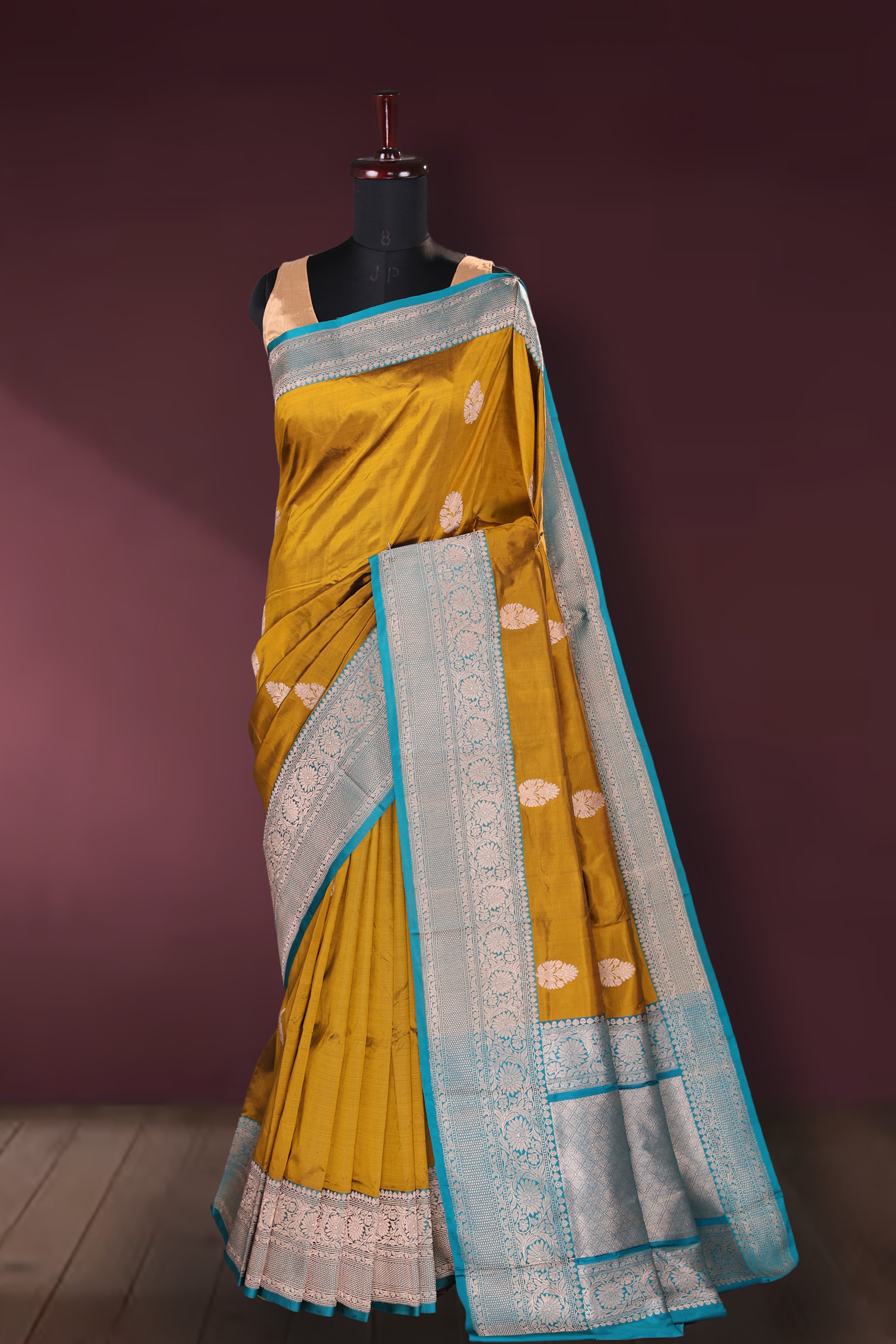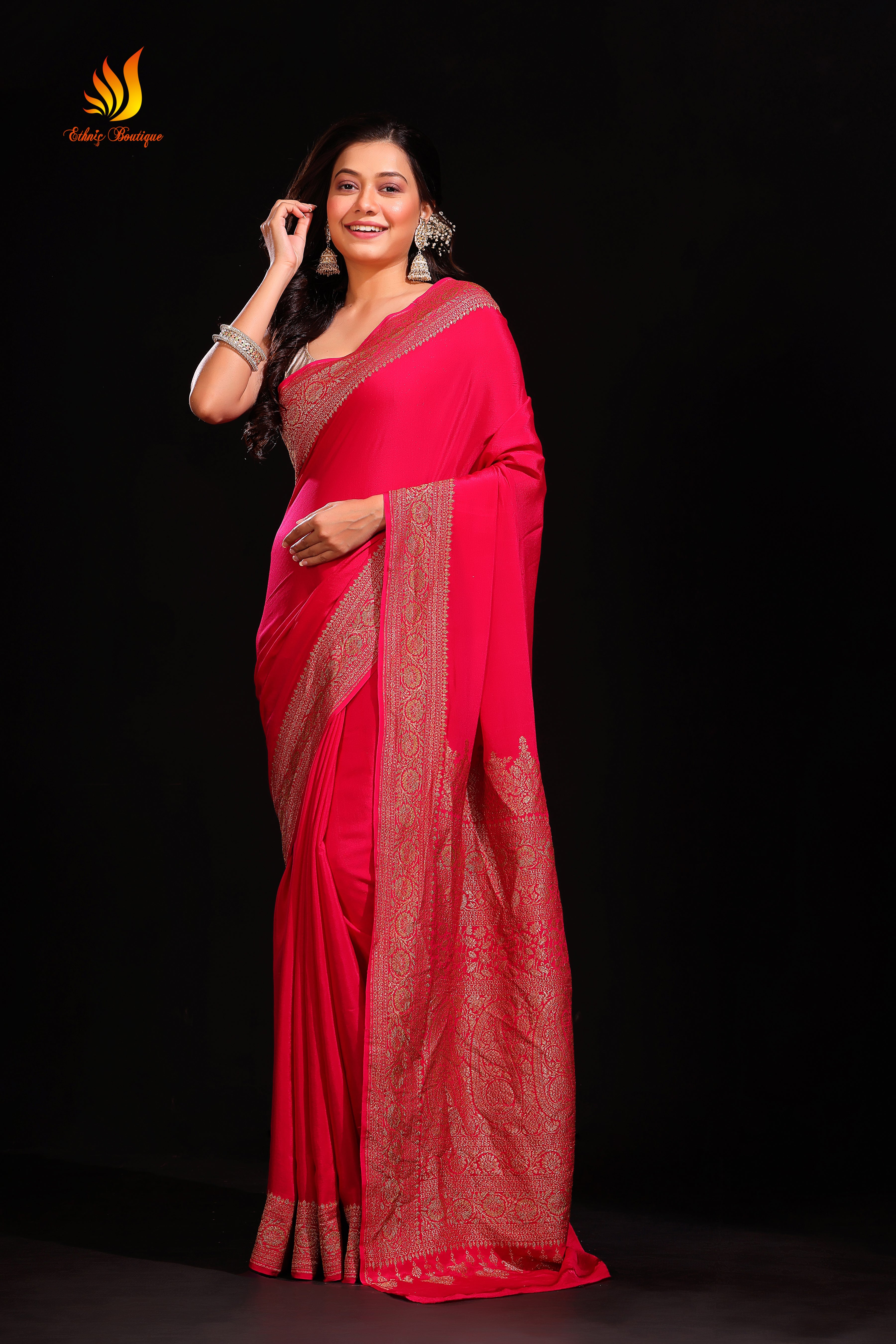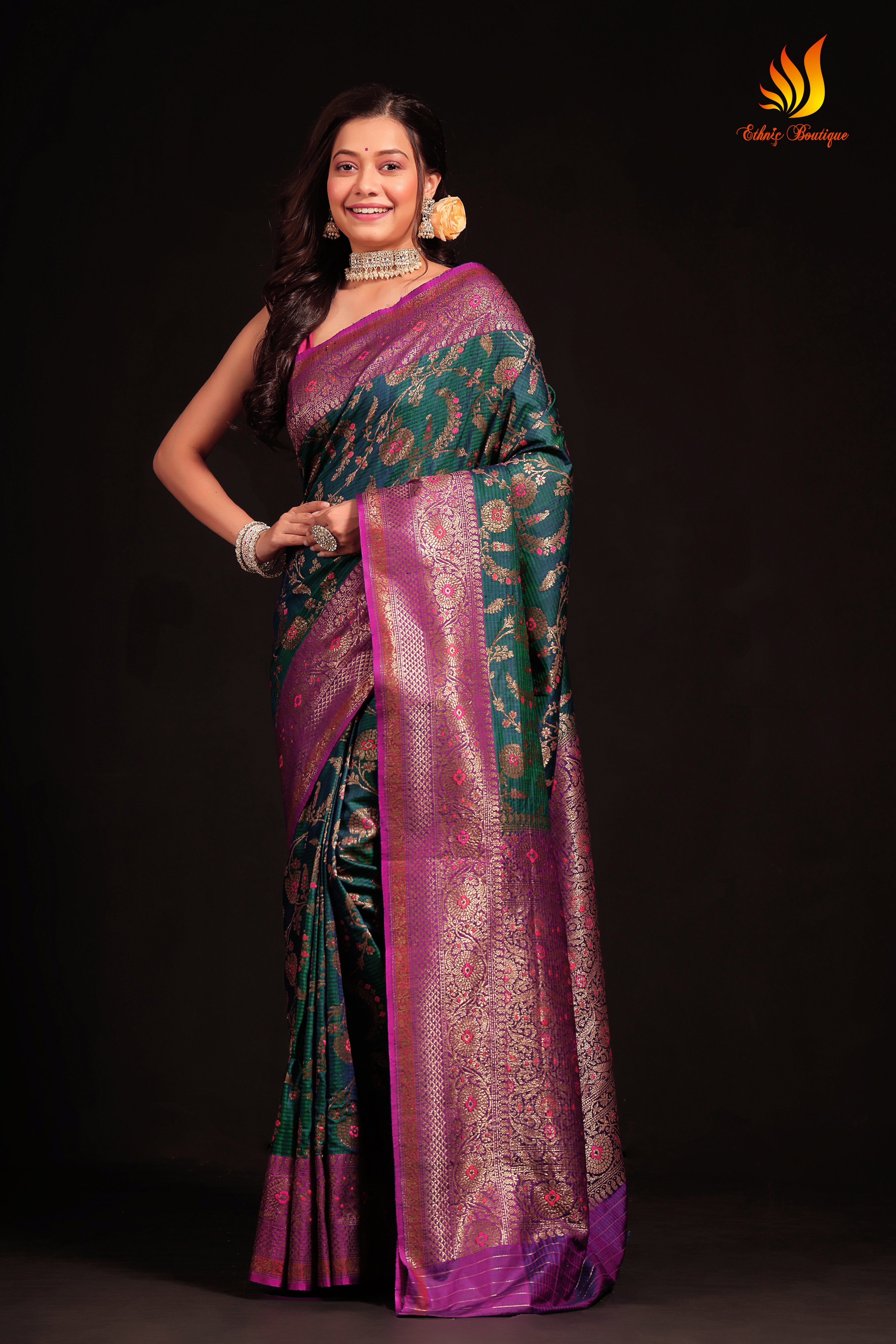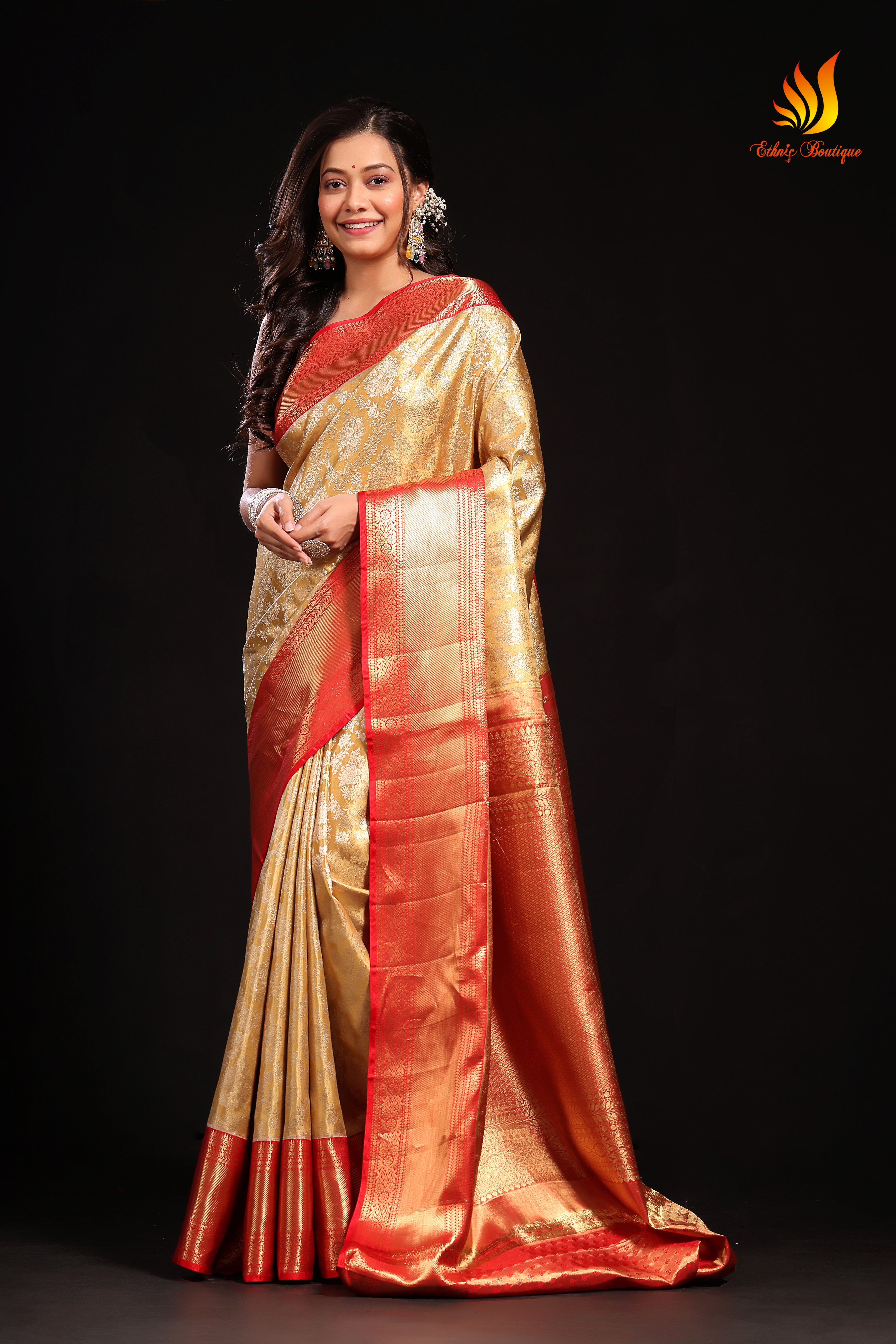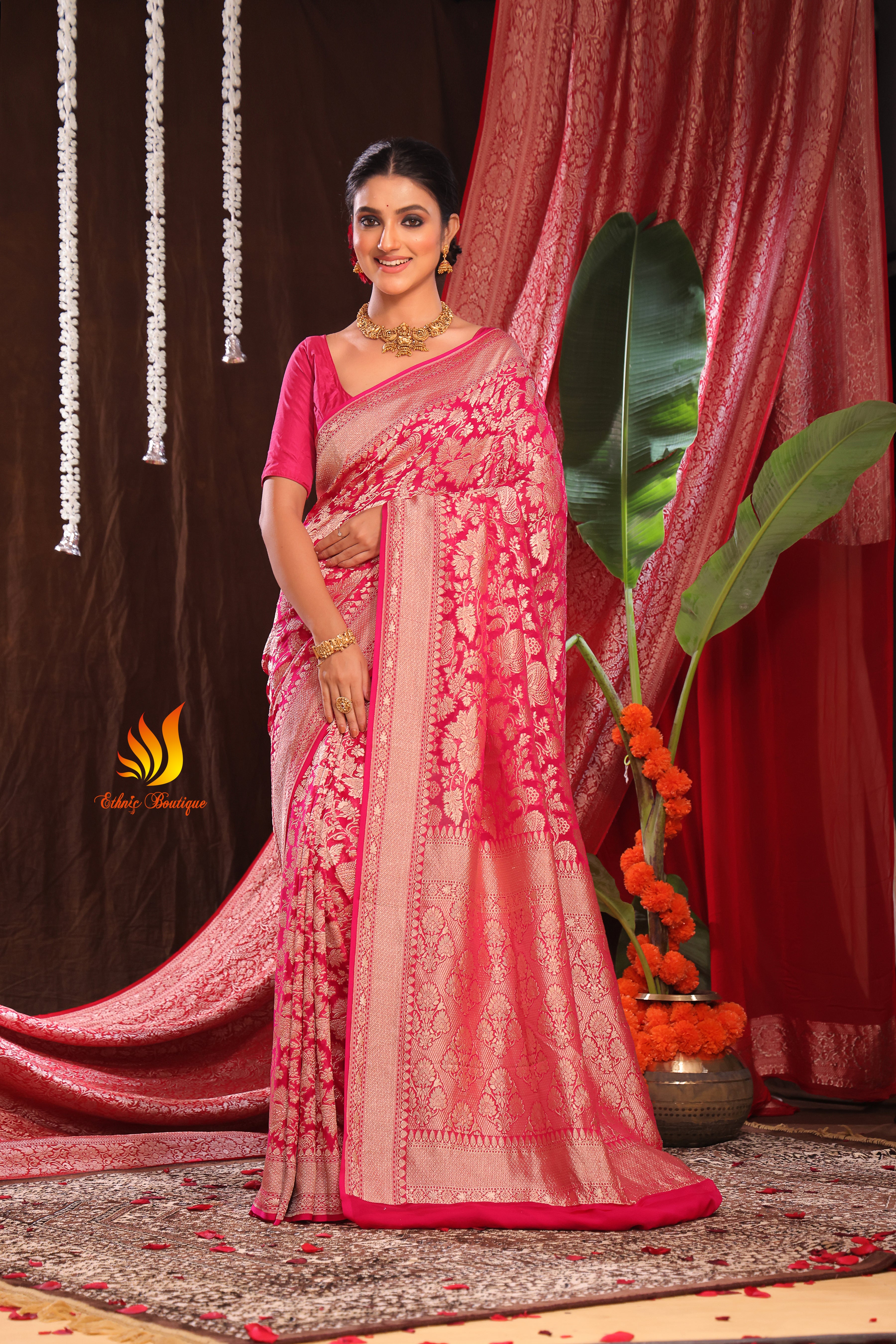Recently viewed
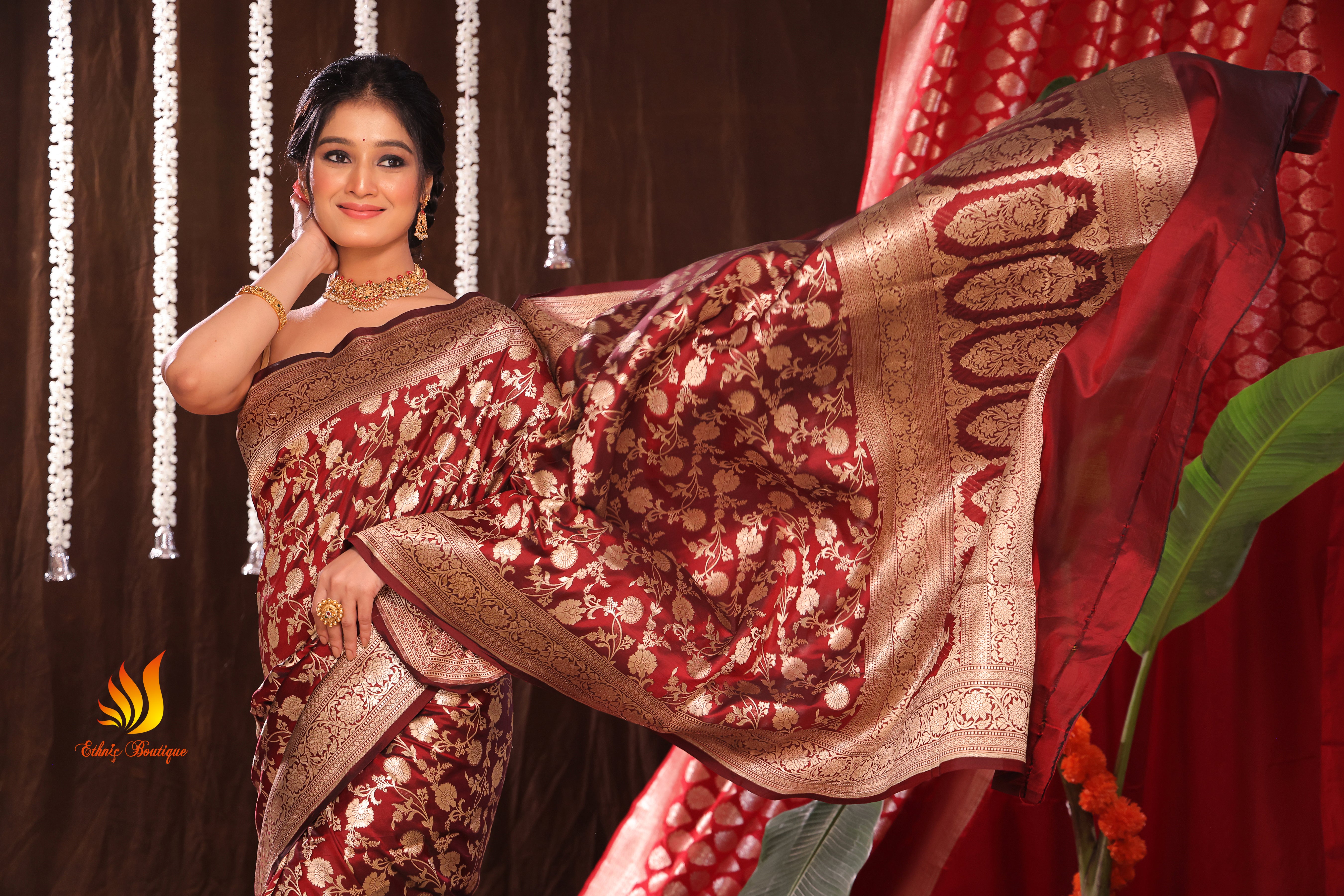

Classic Meets Contemporary
Timeless Styles with a Modern Edge
Experience the best of both worlds with our collection that seamlessly blends timeless classics with modern twists. Elevate your wardrobe with pieces that stand the test of time while embracing the latest fashion innovations. Shop now for exclusive discounts.
FAQs
Have a question ? We are here to help.
Is the shipping free?
Yes. All India shipping is already included in the price. We use Shiprocket with 9-10 days delivery time.
When will I receive my item?
When we have received your order, you will automatically receive an e-mail confirming your order. Orders made before 2 PM will be picked, packed and shipped the same day. Delivery time is usually 4-5 working days with Shiprocket.
Can I change or return my item?
If you get a defective product then only you can get an exchange or refund whichever is suitable for you

